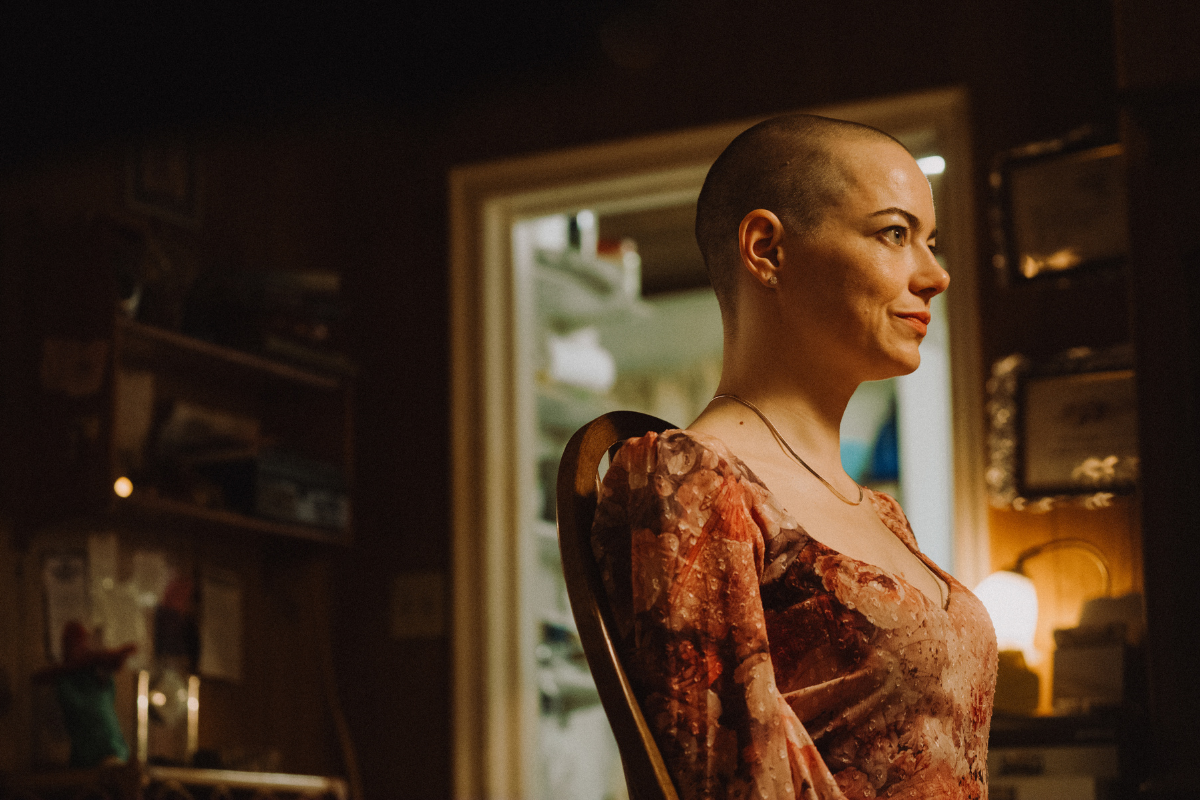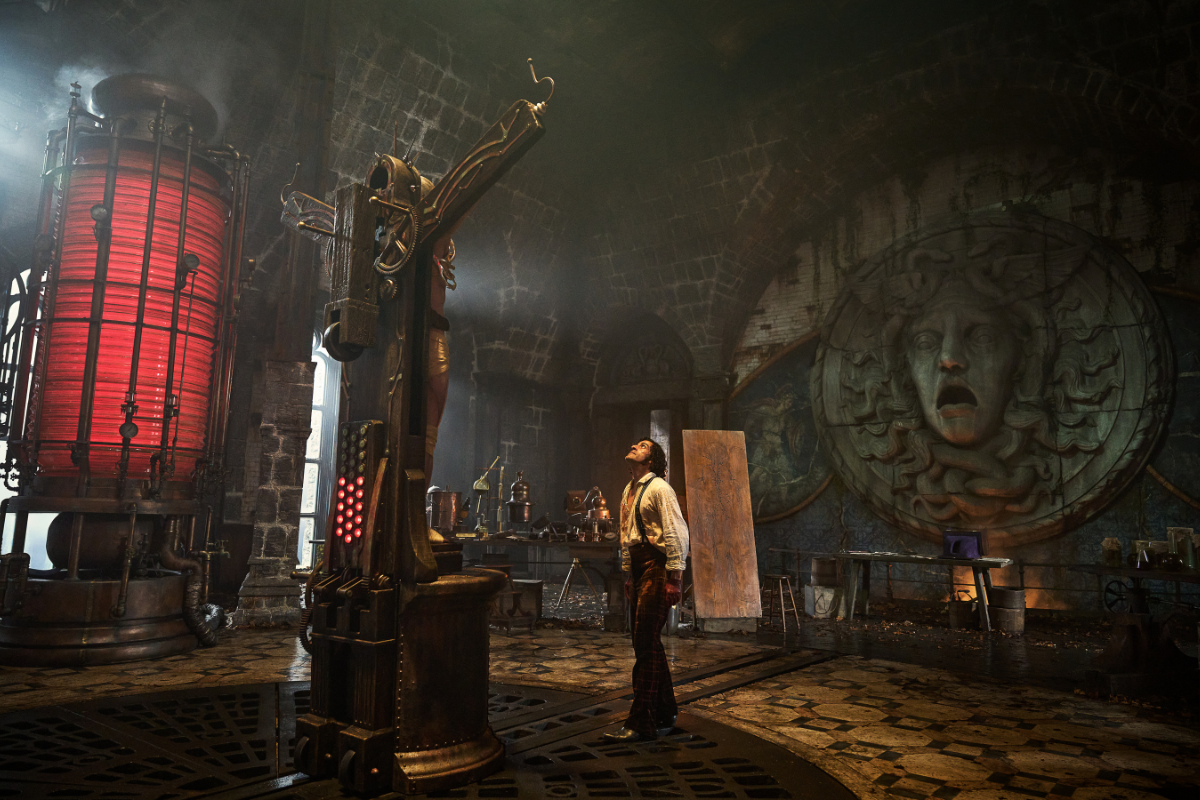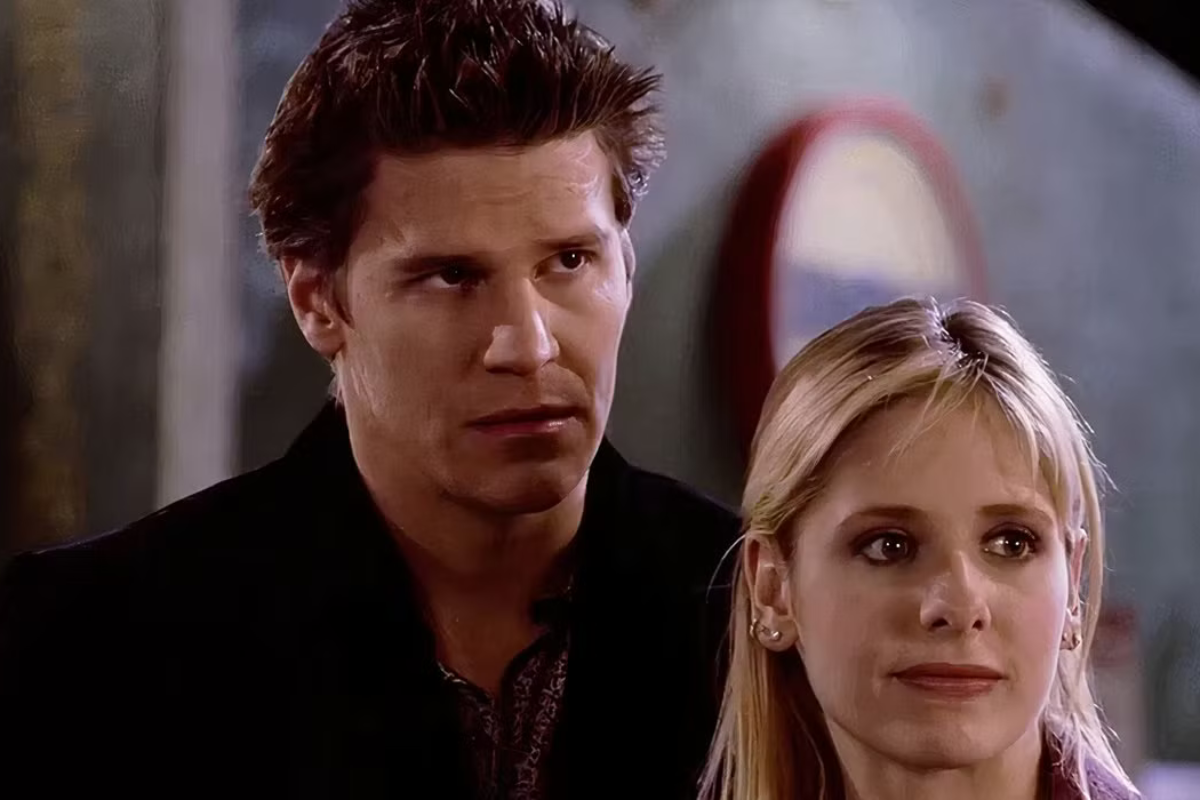Wendy’s LA4HIRE: What Every Screenwriter Can Learn From Alfred Hitchcock – Part II
Even if the psychological thriller or horror film are not your genre, Wendy Kram explains what you can learn about screenwriting from Alfred Hitchcock.
It wasn’t until I took a course at Columbia University in New York City on “The Language of Film” that I truly began to appreciate Hitchcock’s genius. So even if the psychological thriller or horror film are not your genre and you are writing romantic comedies, bromance films, sci-fi action or fantasy -- every screenwriter can learn and benefit from his techniques and philosophies when it comes to elevating tension and stakes.
Last month, I wrote Part I of an article What Every Screenwriter Can Learn from Alfred Hitchcock. Hitchcock was such a true master of cinema and had such brilliant perspective on the medium, quotes from him warrant another post at the very least. One of the great lessons from Hitchcock is that PRIMARY ACTION ALWAYS RECEIVES SECONDARY FOCUS. Genius! This insight is worth repeating: PRIMARY ACTION ALWAYS RECEIVES SECONDARY FOCUS. What does this mean exactly? In Psycho, when Janet Leigh is being stabbed in the shower, Hitchcock continually cuts away from the PRIMARY action, i.e. the heroine. He only gives us intermittent glimpses of her terror. The real terror comes from cutting away to the shower head, a glimpse of the knife, blood swirling down the drain. By cutting away from the PRIMARY action, Hitchcock leaves it up to our minds to fill in the blanks and IMAGINE her terror.
When a writer or director feeds you the literal image, it may have shock value and be a horrible image that stays in your mind and may create an adrenaline rush – but nothing is quite commensurate with our own capacity for imagination. This is where the real tension and suspense lie. Many writers are afraid of these quiet, unspoken moments. We see examples of these fears when writers feel compelled to write everything a character is thinking in dialogue, also known as exposition. Very often, less is more.
The experience of overwriting can be analogous with going on a date and being afraid to have quiet moments. You know those moments when you or your date wind up talking just to fill in the space. You know what you're doing...it feels fake and uncomfortable. The same can be detected by your potential buyer when they're reading your script and you take up space, writing simply to fill a void rather than trust the quiet, truthful, unspoken moments.
An image, a look, the fear to say something can be a truer representation of the human experience. Real relationships can handle quiet moments. So too, your reader and audience can handle and welcome unspoken tensions. Don’t be afraid to let your reader fill in the blanks.
Another example that illustrates Hitchcock’s philosophy of PRIMARY ACTION receiving SECONDARY FOCUS occurs in several pivotal scenes in The Birds. When Tippy Hedron is at the gas station and gas begins to leak, Hitchcock continues to cut away from the PRIMARY action. Instead of focusing on the gas spreading, he cuts to someone striking a match, then back to Tippy Hedron looking through the window, then back to the gas spreading -- all the while building excruciating tension as to how and when the match and the pool of gas will intersect. He doesn't hand us the disaster. Instead, we anticipate it with fear and dread.
In another famous scene from The Birds, Hitchcock shows us a few birds on a wire. He then cuts away from that PRIMARY action to other scenes. In the other scenes, we carry with us the image of the birds and with that, anticipation and tension. The next time we see the birds on the wire, the number has multiplied! Again, he cuts away from them. Then when we come back to the wire again, the number of birds has increased tenfold!
Last month, I mentioned Hitchcock’s quote “Drama is real life with the boring bits cut out.” The boring way to tell stories and shoot movies (unless the filmmaker or screenwriter wishes to make a deliberate point) would be to shoot the scene of birds accumulating on the wire in real time, or in just one scene. Had Hitchcock written and directed his films in such a prosaic manner, his films would have been cheesy and not enduring works that companies and filmmakers continue to copy, emulate and re-make. How some of these examples apply to your own writing? Don’t feel compelled to spoon-feed your audience every thought and emotion. While it's important to create clarity, don't be afraid to also leave things to the imagination rather than spell everything out. And don't be afraid to break up your scenes. Interesting juxtapositions can build tension and create much richer, more dynamic and complex screenplays.
Related Articles:
- More Wendy's LA4HIRE articles by Wendy Kram
- Alt Script: Three Ways Alt-Script Writing Can Improve Your Spec Scripts
- Wendy’s LA4HIRE: Essential Ingredients to Writing a Screenplay that’s Powerful
Get more screenwriting success tips from Wendy Kram in her OnDemand webinar 12 Top Tips to Write a Screenplay That Gets Noticed by Agents and Production Companies
Wendy Kram is a producer and the owner of LA FOR HIRE, one of the industry's leading consulting companies for screenwriters, filmmakers and production companies, assisting them in developing, packaging and selling their projects. Creative Screenwriting Magazine ranks her in the Industry’s Top 3 Picks for “Best Script Consultants” with expertise in marketing. She is a respected, working producer with multiple features and series in active development, and she is responsible for securing high six-figure deals for her clients. To learn more about Wendy’s services, success stories and how she may be able to help you advance your projects, email wendy@la4hire.com.







